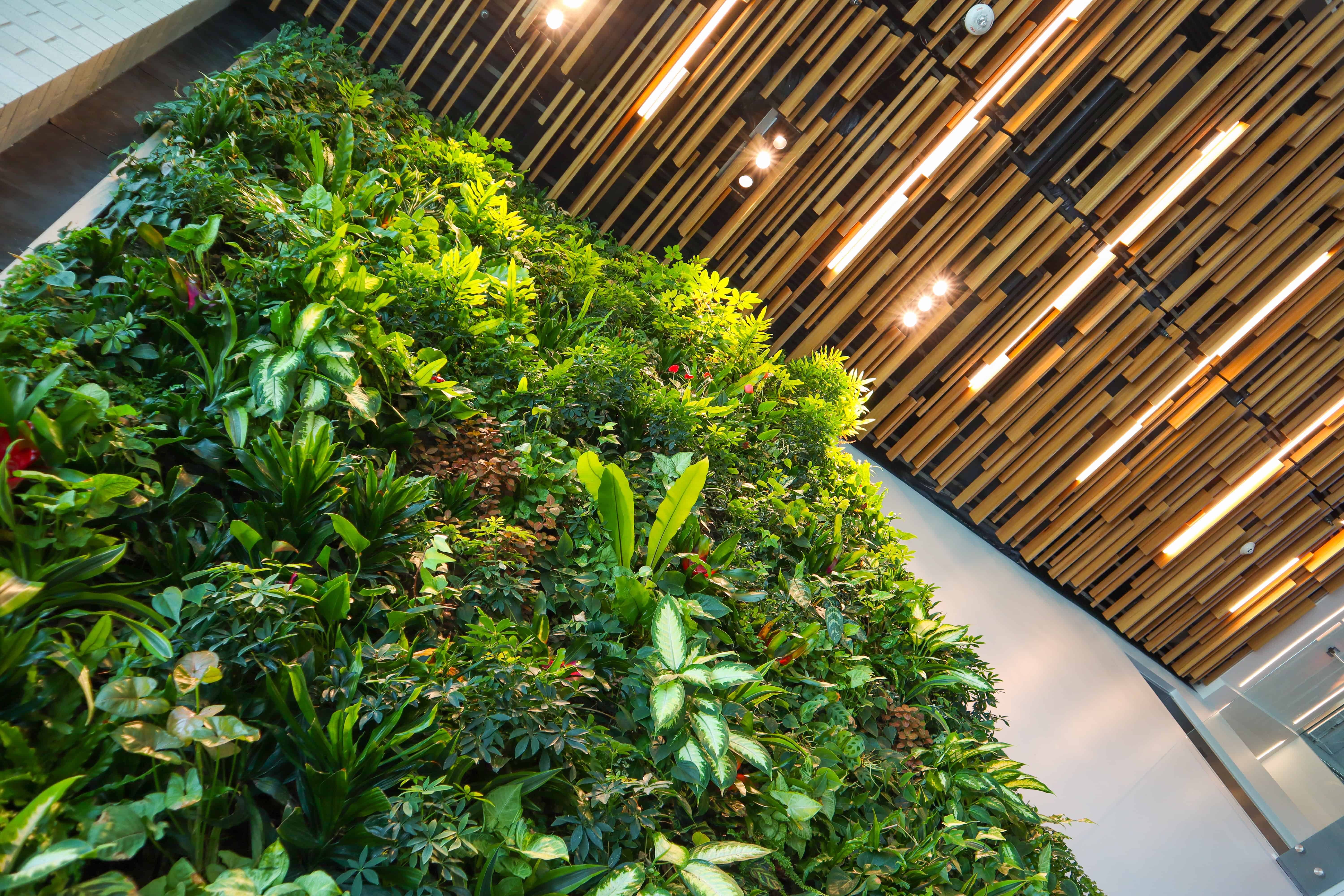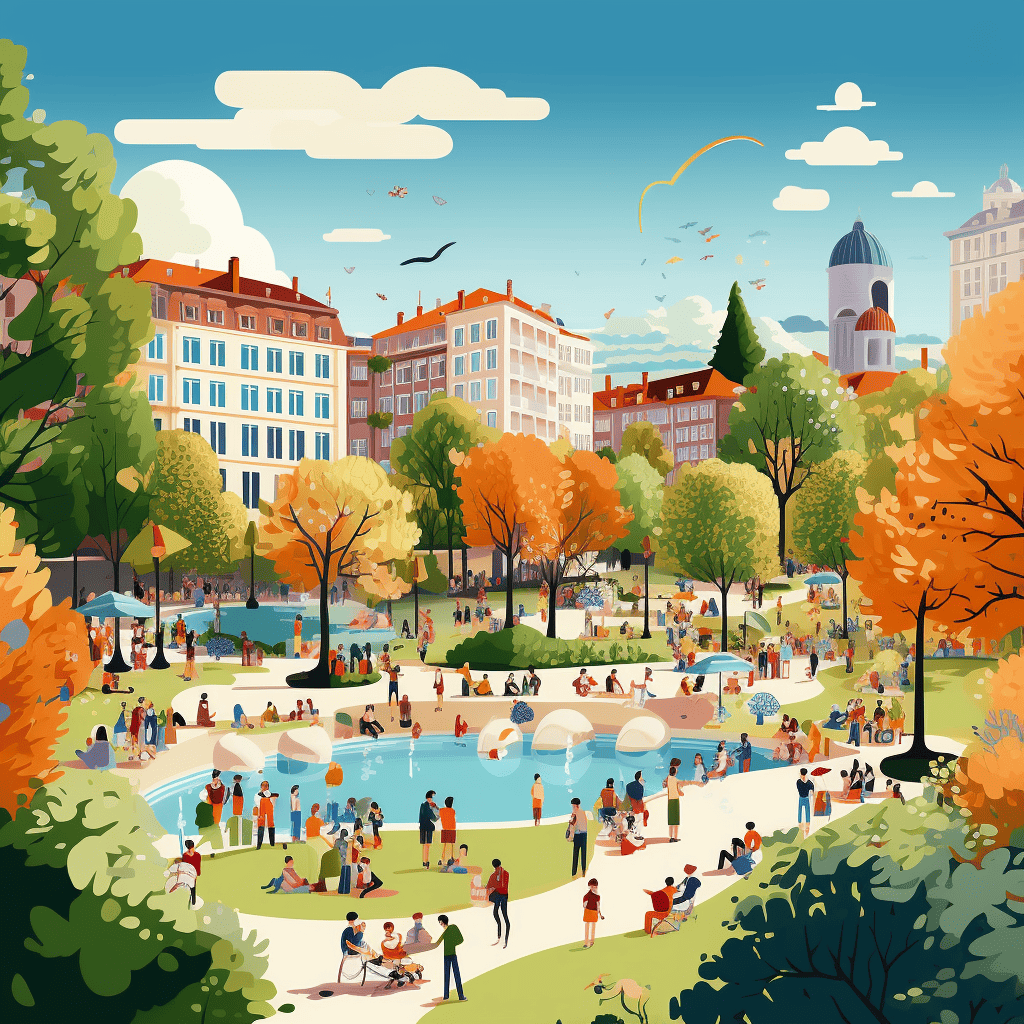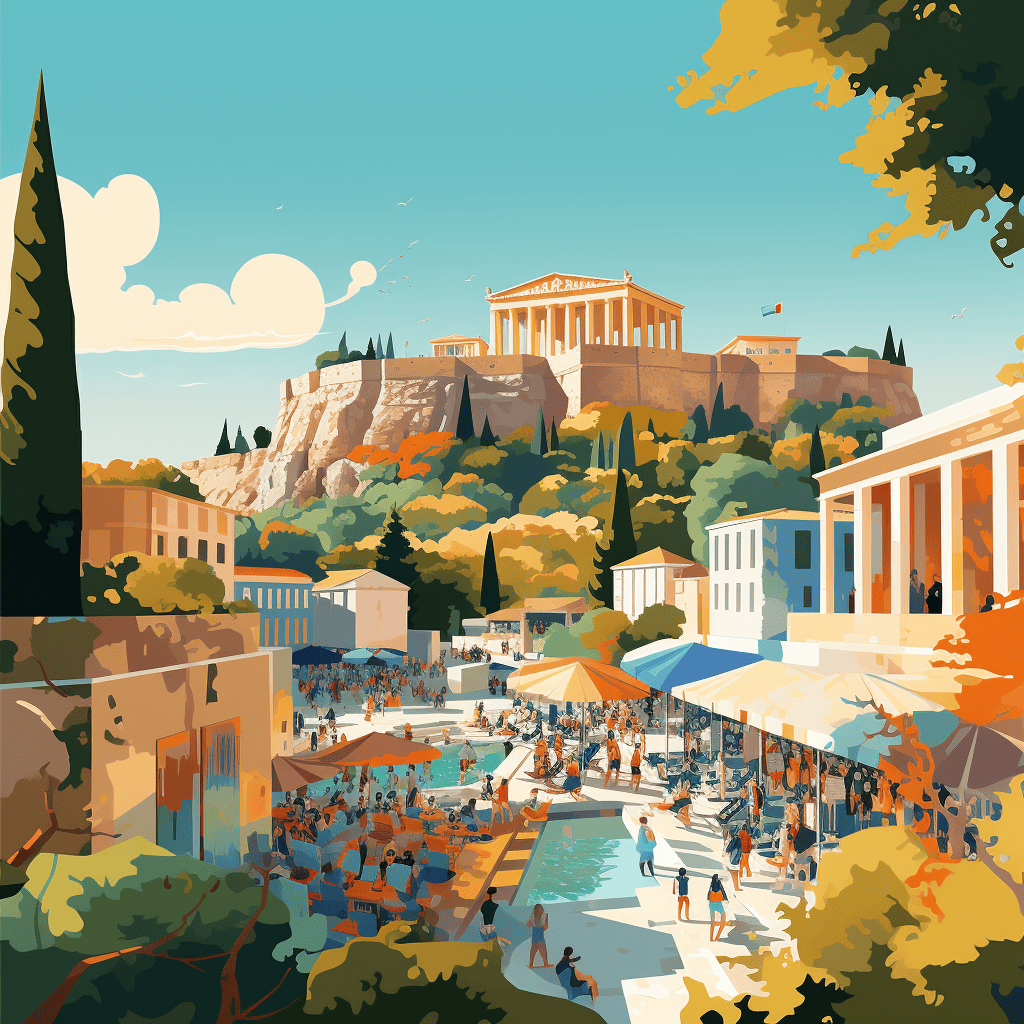
With climate change pushing global temperatures ever higher, innovative and sustainable solutions are needed to cool our cities. One such solution, as described in our latest article in the series about heat islands, is faux trees constructed from recycled plastic. But why stop at trees? Think about rooftop gardens that double as open-air galleries, water-absorbing pavement murals, and sculptural wind tunnels that provide refreshing breezes. These aren’t just fanciful concepts. Blending art, sustainability, and urban design help create cooler cities for the future.
- Innovative urban cooling solutions, like recycled plastic faux trees, art-infused rooftop gardens, and wind tunnels, combat rising temperatures.
- Water-absorbing pavement murals use evaporative cooling, rooftop gardens with art installations reduce heat, and sculptural wind tunnels enhance airflow.
- Green walls, both facades and living systems, bring nature into cities, all contributing to cooler, sustainable urban environments by 2050.
Wetting the palette: water-coloring pavements
The first concept we dive into is water-absorbing pavement murals. The science behind this is simple, yet ingenious. By using a specific type of paint that can absorb and hold water, the murals on the pavement can cool down the surrounding areas by evaporative cooling. When the water in the paint evaporates, it takes with it some of the heat, thereby lowering the temperature. This technique is very similar to how our bodies use sweat to cool down during hot weather.
Garden galleries: The greening of rooftops
Imagine stepping into a rooftop garden that not only cools the building below but also serves as an open-air gallery. These green roofs are covered with vegetation which helps in reducing heat through a process termed evapotranspiration. In addition to this, the art installations on these roofs can be made from reflective materials that reflect sunlight, thereby reducing the heat absorbed by the building. The result is a cooler building and a cooler city. Moreover, these rooftop gardens can also serve as community spaces, fostering creativity and providing a respite from the concrete jungle.

Sculptural wind tunnels
Sculptural wind tunnels, while being visually captivating, also cool down the environment. The design of these wind tunnels can be manipulated to create a variety of effects. For instance, they can be designed to create a vortex, which can help in pulling up cooler air from lower levels and spreading it around.
Green walls
Another innovative solution is the use of green walls. These structures, which can be installed on the exterior or interior of buildings, are covered with vegetation. They can help mitigate the urban heat island effect through cooling effects like shading and transpiration.
Green walls can be categorized into green facades and living wall systems. Green facades consist of creepers rooting in the soil and climbing up the wall while living wall systems involve plants rooted in a substrate directly attached to the wall. Both types have their advantages and disadvantages, but both have been found to effectively reduce temperature extremes.

The future of our cities
With the goal of making cities sustainably adapted by 2050, the race is on to implement these innovative solutions. As heat stress continues to escalate, the need for collaborative efforts between government, researchers, and citizens becomes increasingly apparent. Through these initiatives and the active participation of residents, our cities can begin their transformation into climate-proof, habitable spaces once more.
The faux trees, water-absorbing murals, rooftop garden galleries, and sculptural wind tunnels are just a few examples of how we can use art and innovation to combat the rise in global temperatures. By integrating these creative solutions into our urban design, we can create not only cooler but also more vibrant and sustainable cities. The future of urban living could be ‘cooler’ than we think.

